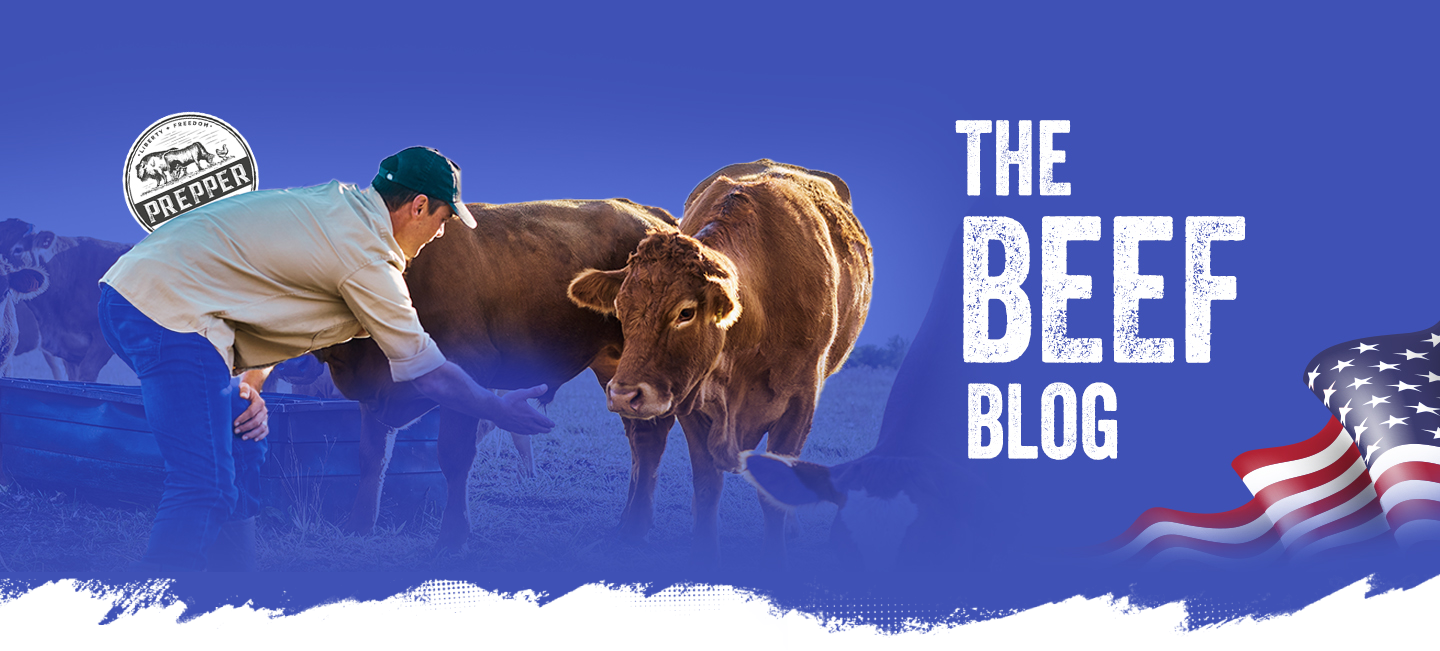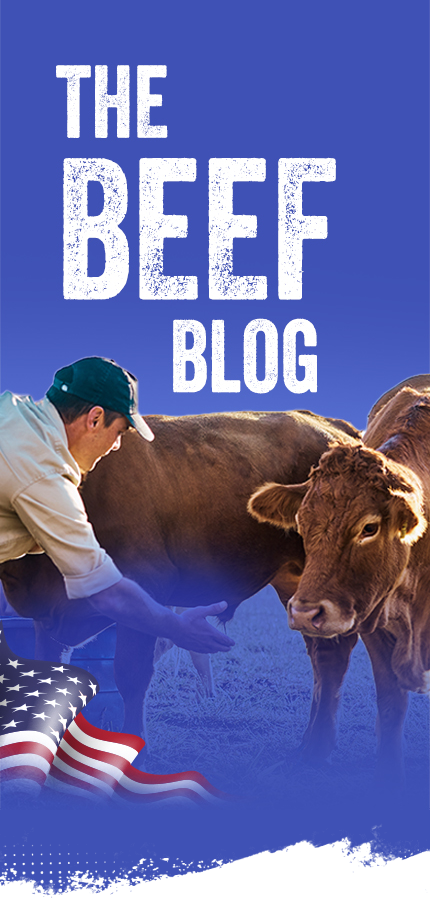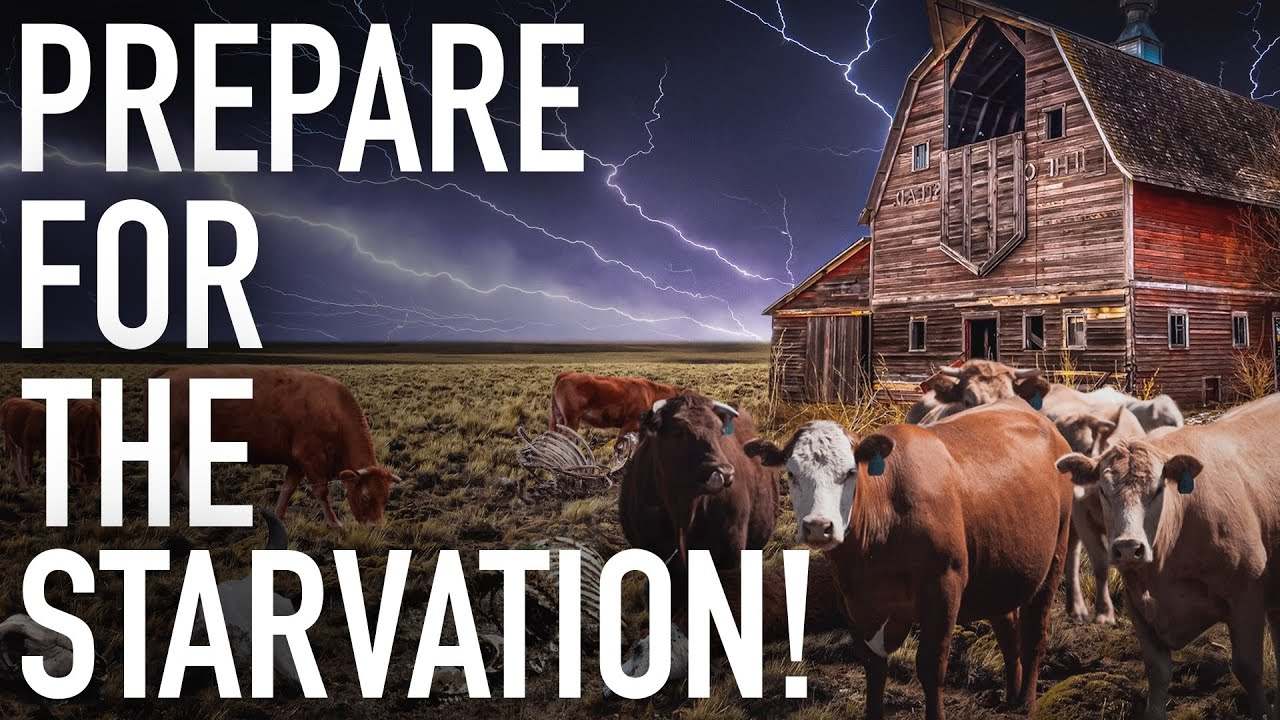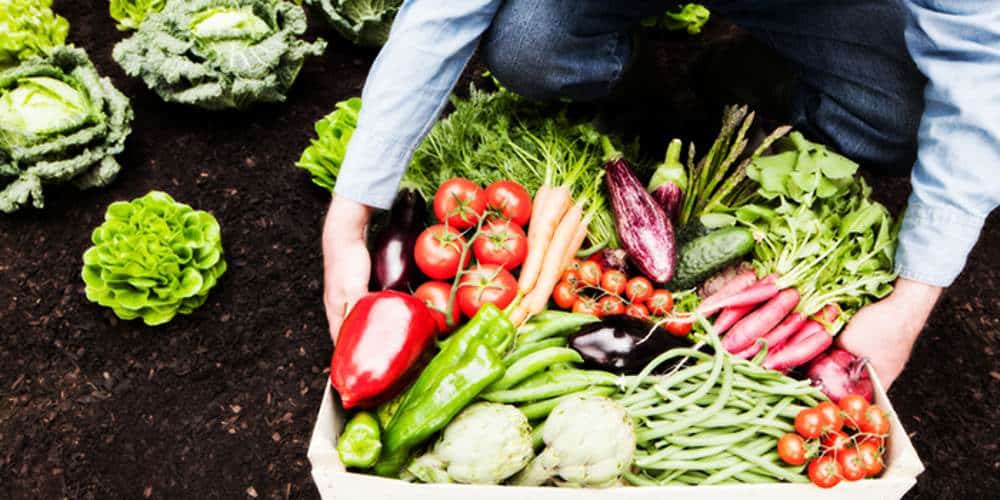Tens of thousands of ranchers are reporting the largest beef supply drop since 1962 as herds continue to shrink all across the country. The meat shortages we have been warned about for months are now hitting all major grocery stores, and consumers are seeing prices soar to levels last seen during the inflation peak of June 2022.
However, livestock economists say that a price spike will likely be seen in the months ahead, with summer demand further squeezing inventories at supermarkets. A new report reveals that many Americans have already begun stockpiling meat to get ready for the shortages that are rapidly emerging, but millions who didn’t prepare will have to be forced to consume less or eat cheaper cuts as shelves go empty and costs spiral. That’s what we’re going to expose in today’s video.
As 2023 unfolds, demand for cattle is expected to keep strong and producers are going retain heifers again — leading to a hole in beef production that could go even deeper, says Derrell Peel, Oklahoma State University livestock marketing specialist. “The real spike in prices will come when we start the rebuilding process and ranchers start retaining heifers. That’s what squeezes slaughter in the short run, and we’re not sure when that’s going to happen. It will certainly start this year, and then we will get some painful price hikes,” Brown notes.
Mom-and-pop ranchers will increasingly struggle with profitability given that they were forced to send their animals to slaughter much earlier than normal, making far less money than they predicted they would. At the same time, big corporations are reporting billionaire profits. Recently, some of these companies have been under fire for racking up prices even as inflation levels go down, adding to families’ cost of living.
Over the past three years, dozens of meat processing plants have been closed by some big players in the industry who are transforming scarcity into higher cash flow. The closings are putting the entire meat industry on the brink of collapse. That’s why independent livestock producers are raising the alarm for burdensome regulations that need to go. We are under legislation that bans thousands of mom-and-pop meat processing plants to supply restaurants, schools, hotels, and the like. Yes, you read that right. The American people are dependent on four big businesses that enjoy great advantages thanks to regulation.
And ever since Tyson Foods, one of the largest meat packers in the world said that the supply chain was “breaking,” it is clear that America can’t afford to ignore the warnings of small cattle producers. This food supply issue is critical to public health and the economy. They know what they are talking about when they warn that massive-scale shortages and price increases are coming.
For some families, securing their supply of meat is crucial, and many have been buying in bulk to save money, according to a new report by The Washington Post. In contrast, for the millions of Americans that didn’t have the chance to prepare in advance, the outlook is cloudy. Reports estimate that on average, U.S. consumers will eat 6% less beef this year due to shortages and soaring prices.
It’s safe to say that actions will only be taken when it is too late and supply shortages reach crisis levels. If you can, stock up on your favorite cuts while you can still find and buy them at local stores because, in a few short months, the situation will be vastly different.
Video and article via Epic Economist.























Leave a Reply